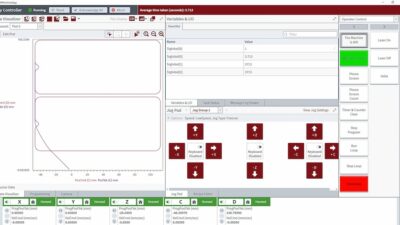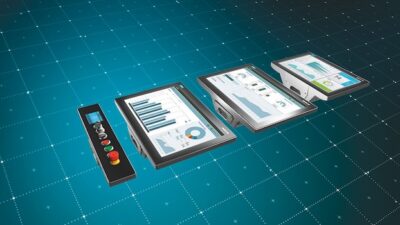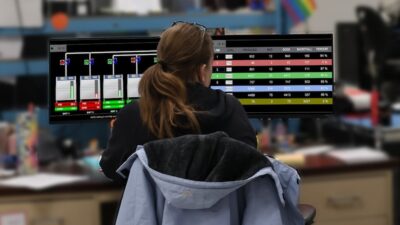"If people at the controls and automation level don't get out there and lead [in interconnecting manufacturing processes with the enterprise and beyond], they'll be subsumed by IT. Don't you agree?" someone asked me recently.Yes and no. Yes, because some people don't understand what IT (information technology) departments have to do with control and automation.
“If people at the controls and automation level don’t get out there and lead [in interconnecting manufacturing processes with the enterprise and beyond], they’ll be subsumed by IT. Don’t you agree?” someone asked me recently.
Yes and no.
Yes, because some people don’t understand what IT (information technology) departments have to do with control and automation. Or they do understand and choose not to do anything about IT. These few risk being merged or purged out of their organizations or marketplaces for failing to keep pace with the competitive advantages interconnections can deliver.
No, because many Control Engineering readers are already aware of this message. It’s one editors here have delivered for several years to end-users, original equipment manufacturers, and system integrators, including multiple times in this issue. Many of engineers are retooling skill sets to interconnect with IT-level systems, or plan to get proactive soon. Here’s why.
Leading vendors of control, automation, and instrumentation are moving in that direction with their software, hardware, and services. You’ve heard and seen it. Systems are opening up. Commercial platforms are being integrated into traditional (legacy) control and automation offerings. Automation suppliers are reaching up and offering more solutions that integrate and connect with higher-level systems. MES-layer and ERP vendors are realizing the power of downward interconnections.
Original equipment manufacturers increasingly are using networking and unified software technologies in their offerings, to lower costs, and increase interconnectivity within and beyond the plant floor.
Automation system integrators —some nervous about what the plug-and-play revolution means for them—haven’t seen any decrease in the call for their services. Equipment and software usually isn’t as plug-and-play as intended.
Standards , defacto and traditional, seem to be recognizing that volume and lower prices make commercial IT technologies logical for use and adaptation in industrial markets. Set-up, installation, and training costs are less when industrial platforms incorporate or embrace commercial technologies or conventions.
And end-users implement whatever tools make sense for the business as they’re increasingly involved with mergers, acquisitions, global competitive pressures, demands for flexible, lower-cost manufacturing, and the need to do more with less.
Automation professionals have key knowledge. Software and networks still can’t make the stuff. As Dick Johnson, senior editor covering instrumentation, likes to say, “You can’t drive your software home.” Automation and control experts have valuable expertise about how information should be measured, collected, where the logic should reside, and how the actuation should occur—even as IT helps interconnect manufacturing with ERP and through the supply chain.
Gary Mintchell—senior editor covering PC-based control, machine control, and HMI—in a September e-mailed newsletter, asked some 32,000 readers about IT relations: “While everyone had horror stories,” he says, “the best comments were along the lines of ‘we’re in different worlds.’ Engineers felt that IT people were not only just software-oriented, but ‘byte-oriented.'” Control engineers, he says, need to think about bits. “Most did seem to feel that relations have been improving over the past few years,” he adds.
So in the spirit of cooperation, as automation interconnections continue, make sure you get IT (before IT gets you).
| Author Information |
| Mark T. Hoske, Editor-in-Chief [email protected] |




